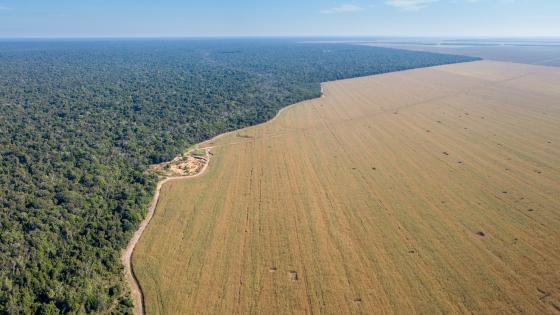DP14760 Trade protectionism in Australia: its growth and dismantling
Protection from import competition was a defining feature of the birth of the Australian federation in 1901. For the next 70 years, the extent of protection grew, and broadened from mainly tariffs to also involving import licencing after World War II. There was a one-off 25% across-the-board cut in tariffs in 1973 and some dismantling of agricultural subsidies, but that was followed by the re-imposition of import quotas for the most-protected manufactured goods. Then a new reformist government began, in the mid-1980s, a long process of dismantling all protection as part of an overall economic reform program that also involved de-regulation, privatization and moving to a flexible exchange rate. The rewards included three decades of faster economic growth and an unprecedented rise in Australians’ living standards. This paper provides a history of economic thought on the pros and cons of protectionism for the small, distant, natural resource-rich Australian economy and a survey of the literature on the extent, effects and political economy reasons behind the growth of Australian protection and its eventual dismantling.


